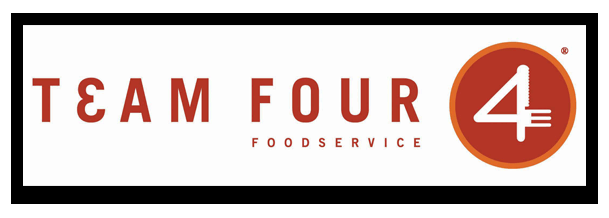|
The recent news that the Department of Labor is increasing compensation thresholds for overtime eligibility as of July 1 means that managing costs in ways that are acceptable to guests will continue to challenge operators. “This rule will exponentially increase operating costs for small business restaurant owners who are trying desperately to maintain menu prices for their customers," said Sean Kennedy, executive vice president of public affairs for the National Restaurant Association. "And because DOL created a one-size-fits all rule based on national income data, rather than regional data, this change is going to disproportionately impact restaurant owners in the South and Midwest.” On an ongoing basis, it seems restaurant operators will need to find new ways to run as leanly as possible. Are there areas of your business where waste is lurking? Could you make adjustments to your hours/staffing/menu/service model that help you maximize your efficiency or generate new streams of income? Could automation ease the load on your team, allowing you to streamline tasks or even trim the number of people required during a shift? Could you create a staff contest to generate ideas to manage costs? Talk to Team Four if you need guidance on how you can help your business operate as efficiently as possible amid ongoing cost pressures.
0 Comments
This spring, a bipartisan group of senators proposed legislation aimed at directing an additional $60 billion into the Restaurant Revitalization Fund, underlining the notion that while pandemic-era strains may feel like a distant memory for much of the general public, the restaurant industry continues to feel them. The renewed funding, if passed, would help support the more than 200,000 funding applicants who were unable to receive relief during the fund’s first round of disbursements in 2021. But well beyond that group of 200,000 restaurant operators, there are a host of additional restaurants looking for a safety net – or a means of making critical investments in their business – and many are finding a range of creative solutions. In a recent article from Eater, for example, restaurant operators report leaning on such funding approaches as Small Business Administration loans, private investors, crowdfunding, and just living lean and paying in cash. While the examples are varied, there are a couple of common threads running through them: Operators are trying to maintain as much control over their businesses as they can – so not giving others such a large stake that they change the direction of the business – but also involving others where possible to make them feel as if they have a role in the success of the business. One example of this is the Baltimore restaurant Candela, which is scheduled to open this summer with funding from both an SBA loan and Crowd Fund Baltimore, through which people can make a minimum $100 investment, with 6 percent simple interest over six years, paid back to investors quarterly. Candela’s owners say the crowdfunding approach is building a sense of belonging among its supporters in the community – before the restaurant has even opened its doors.
|
More Financial MattersWhat’s the best financing option for my restaurant?Build revenue through the kitchenLegal claims: Are you leaving money on the table?Archives
June 2024
Categories
All
|
Foodservice CEO is provided for informational purposes only. It is intended to offer foodservice operators’ guidance regarding best practices in running their operations. Adherence to any recommendations included in this Guidance will not ensure a successful operation in every situation. Furthermore, the recommendations contained in this website should not be interpreted as setting a standard of operation or be deemed inclusive of all methods of operating nor exclusive of other methods of operating.
Copyright 2023 Team Four Foodservice, All Rights Reserved.






 RSS Feed
RSS Feed